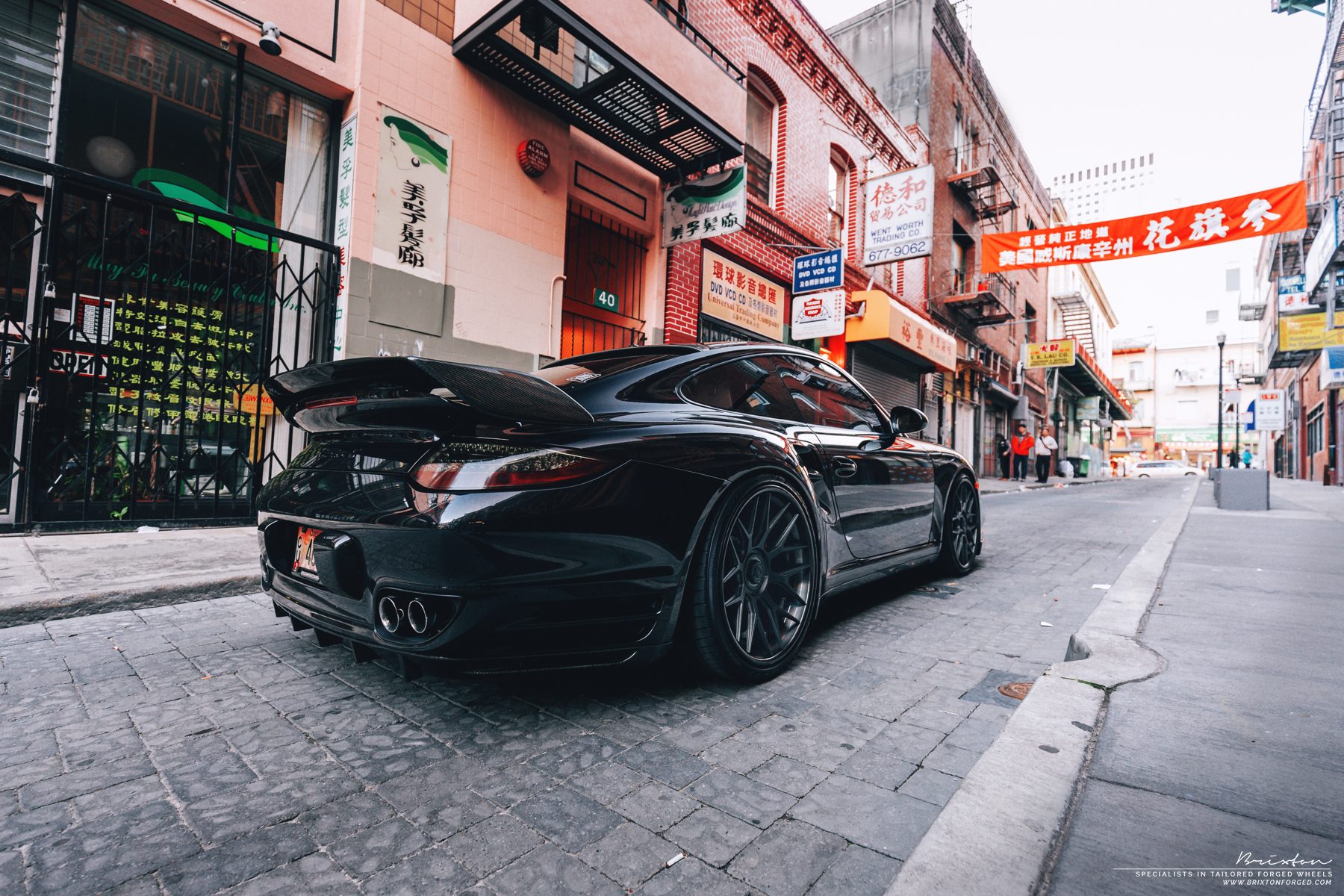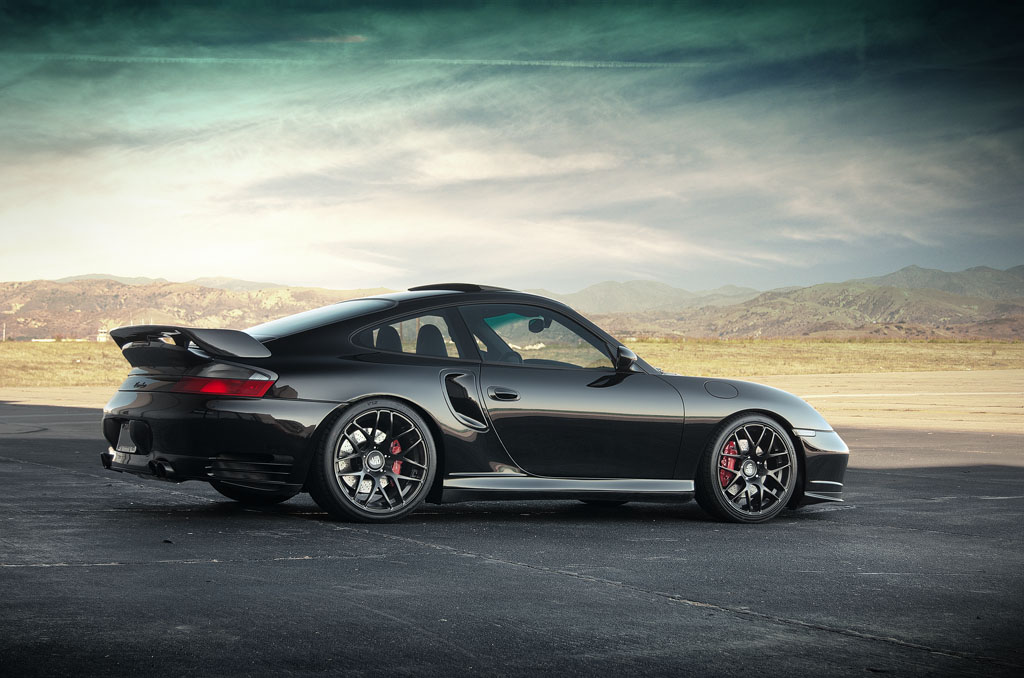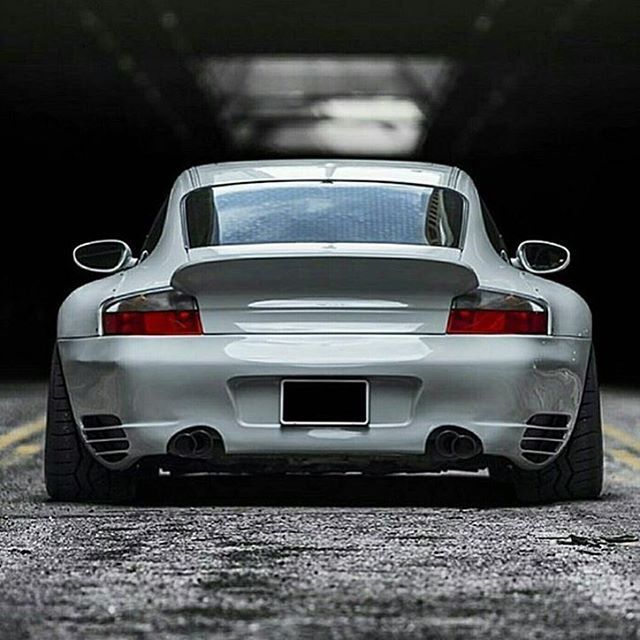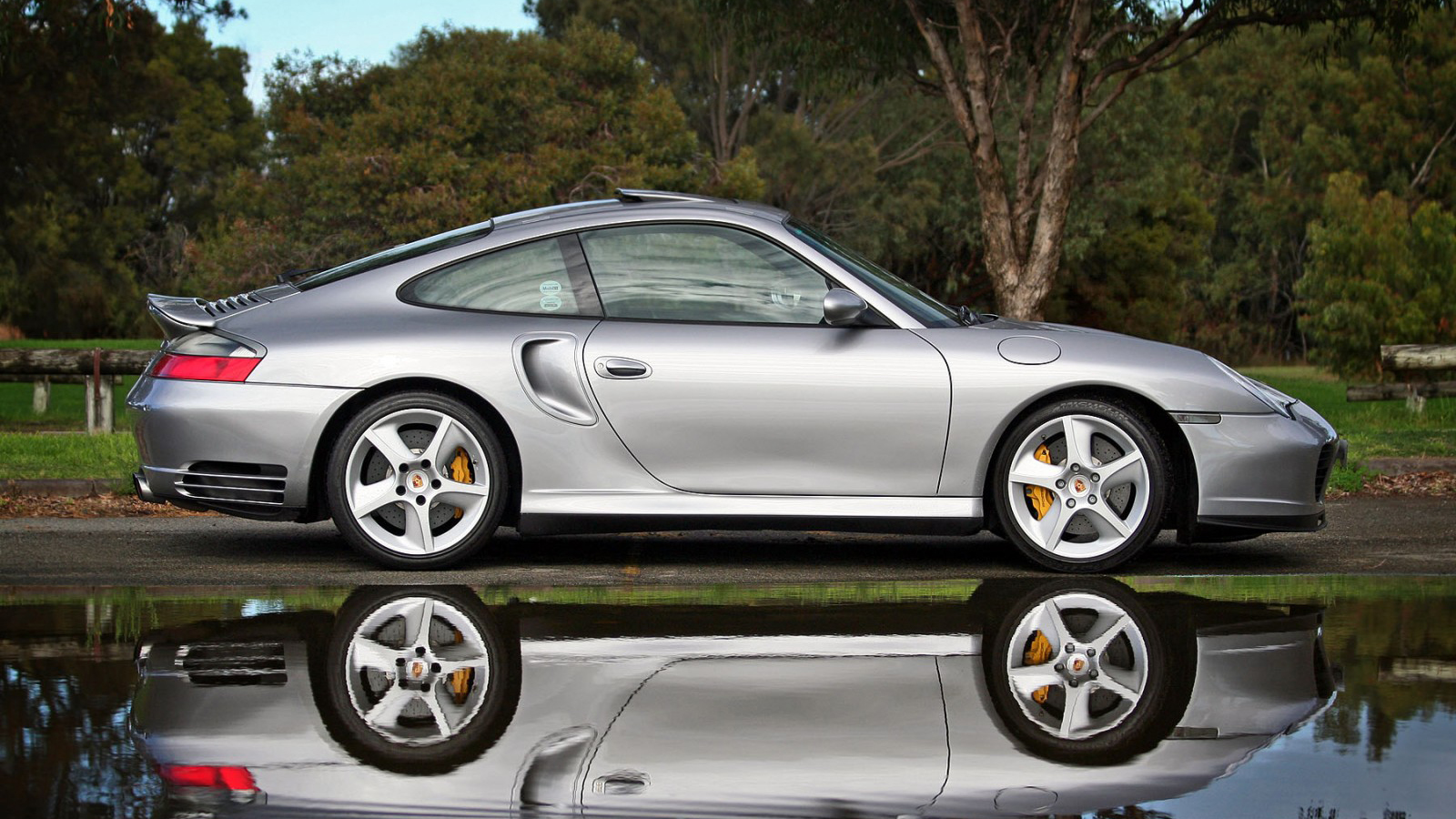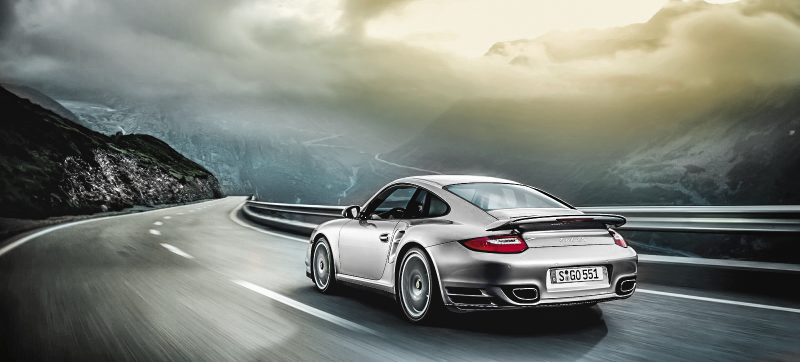If you have driven a Porsche, whether it was old, new, racecar or SUV, you know the above statement to be true. Porsche has done something most automotive industries fail to do, create a consistently amazing product throughout decades of advancement.
The handling, drivability, design, and feeling given to you by the German-built beauty is something that just can’t be found anywhere else, no matter how hard you look.
It’s equally impressive when you consider the 911, a car with an engine mounted behind the rear axles, was never technically supposed to work as a sports car. The physics weren’t supposed to allow it, but boy has Porsche engineered a legend.
Across the board the Porsche legacy has held weight in the hearts of men for its incredible performance on the track, women for it’s elegant yet bold design, and children for its strong presence at car shows or out in the wild.
Nowadays we see the beautiful 991 generation sweeping across social media and shows like Top Gear, but as car hackers, we can’t deny the incredible opportunity that the earlier generations of 911, the 996 and the 997, possess.
Though there are quite a few models in these two generations, we are only going to be discussing those that are applicable to our hacking methodologies.
While those models/generations that aren’t being discussed in this buyers guide are still terrific cars, they simply do not fit the “drive for free” model we have here at Exotic Car Hacks.
That being said, this buyer’s guide will be about specifically the 996/997 Turbo and Turbo S models ONLY.
The word “Turbo” holds a lot of weight in the Porsche community, so when the newest generation of Turbo’s emerged, the world watched with glee.
After the 993 generation ended, Porsche decided to bring about the new 996 Turbo with the big difference being the switch from air-cooled to water-cooled engines. The purists stuck their nose up and feigned outrage, but air-cooled motors were gone for good.
Once the 996 evolved into the 997, the most prominent upgrade (some may argue it was a downgrade) was the PDK dual clutch transmission along with a revised engine with direct injection and a few cosmetic enhancements.
The difference between the Turbo and Turbo S can be seen more on the mechanical side between the generations, with always a few dozen more horsepower and carbon ceramic brakes. In some instances, an upgraded aerodynamic addition to the body (larger wing, front lip, etc).
The design of the Porsche has always somewhat remained true to its original recipe. With strong aerodynamic curves that help with the incredible handling on the driver’s side, with large circular/oval headlights.
With an interior that blends sports car with luxury coupe almost seamlessly, no matter if you are an experienced driver or a first-time consumer, the Porsche welcomes you to its long legacy of satisfaction.
Porsche 996/997 Model Year Changes
996:
The 996 Turbo debuted in 1999 and began to go on sale in 2000 as a 2001 year model. The 996 Turbo is an all-wheel-drive twin-turbo-charged 3.6-litre flat-6 engine derived from the 1998 LeMans winning 911 GT1 race car. That flat-6 engine produces 420 hp at 6,000 rpm and 415 lb·ft of torque. It could be either a 6 speed manual or a 5 speed Tiptronic automatic.
In 2002 the X50 package was offered as an option on the Turbo that induced larger K24 turbos, a better ECU and a quad-pipe exhaust, upgrading the HP to 444.
In 2004 a cabriolet model was introduced for those who wanted to enjoy their incredible driving machine with the option to have the top down.
Then in 2005 the Turbo S model was introduced in both coupe and cabriolet style. The Turbo S was essentially the same Turbo with the X50 upgrade installed stock but also included the carbon ceramic brakes.
997:
The 997 Turbo debuted at the Geneva Motor Show in February 2006. It featured a new front bumper with the wider stance shell. The engine remained the same from the 996 with a few tweaks that improved the horsepower to 470hp and 460 lb-ft of torque.
In 2009 the 997.2 was introduced at the Frankfurt Motor Show to begin creating models for the 2010 year. As a result of the mid-generation upgrade the Turbo received a completely new 6 cylinder 3.8-liter engine with a max power output of 490 hp and 480 lb-ft of torque.
The suspension also got a tweak, improving the overall handling of the car. This was also the point where the 7-speed PDK dual-clutch transmission was introduced to the Porsche lineage, replacing the Tiptronic.
In 2010 the Turbo S was revealed at the Geneva Motor Show and it came ONLY with the option of the 7-speed PDK transmission and the carbon ceramic brakes. The engine received it’s usual tweak to help produce an additional 30 horsepower and 516 lb-ft of torque.
Porsche 996/997 Common Problems and Cost of Maintenance
As with any older car (out of production for 10+ years), you’ll want to be sure to get a PPI done before purchasing ANY of the 996/997 models and be sure to receive well-documented service history from previous owners.
Though most Porsche enthusiasts will insist that all work needed to be done by Porsche specialized shops or technicians we just suggest the work be done by reputable shops with some history in the luxury/exotic car field.
Though exotics in nature, the 996/997 maintenance costs are nowhere near that of a Lamborghini or McLaren.
Most oil changes can be done on these generations for less than $200 with brake pads and rotors nearing $600 or so (depending on brand). Other more expensive repairs can include tires, clutch, etc, all repairs that can be avoided with a proper PPI.
996 Common Problems:
- IMS Bearing Failure: a rather common problem in the 996 generation, this can lead to dangerous engine problems. So before purchasing your 996 be sure to investigate if the retrofit solution has been made. NOTE: Turbo models are not susceptible to the IMS issue as they use a different engine.
- Suspension wear/tear: Due to the generation being over a decade old there may be some creaking/rattling of the suspension around the front/rear corners of the vehicle. This is a sign your control arms may be worn and can be solved for relatively cheap.
- Oil Leaks: In the 996 the rear main oil seal was a bit of a soft spot in the design. Leaks for this generation are common and while the seal is cheap to fix, the labor to get to the seal is NOT. Always be cautious of a leaky 996 when looking to purchase.
- Exhaust Corrosion: the fasteners of the exhaust on the 996 such as the bolts and nuts are prone to corrosion and can lead to exhaust leakage, usually a quick look under the car will show you what you need to see.
997 Common Problems:
- Radiator Leaks: a common problem with the 997’s results in the fact that stone chips and debris can settle around the vents for cooling inside the engine bay. The vents are usually only cleared when major service is performed which gives a lot of time for these issues to evolve into larger problems. To avoid this some owners have opted to fit mesh pieces behind the intakes to catch the debris before it interferes with the radiator and condensers.
Porsche 996/997 Preferred Options
While the older generations didn’t come with as many styling options as the 991, for hacking sake you’ll always want to choose a manual 996/997 over a tiptronic automatic (PDK is fine, however).
Manuals hold more weight when it comes to the collectible and appreciating value of the car. Also Turbo S’s come stock with the carbon ceramic brakes which is highly preferred than non-ceramic brakes, but if you find a Turbo with the upgrade package and PCCB’s it’s more of a safe bet.
Pricing For A Porsche 996/997 Turbo/S Today:
996:
The 996 market is drastically underserved compared to the 993 and 997 markets, allowing for more hacks to take place. These cars though are incredibly affected by mileage and condition as it relates to their collectibility and appreciation potential.
The Porsche market is ever changing, with some models doubling in value in less than 6 months and others plummeting $200K overnight. This article was written (10/18) so be sure to keep this in mind while searching.
Right now you can look on Autotrader or eBay and find a clean low mileage (Max miles should be no more than 60,000 miles) 996 Turbo with a manual transmission for around $46,000 which is A LOT of car for the money.
With proper negotiation tactics (which you should know by now) this car can be bought for around $40,000 and with an upgraded exhaust and maybe a set of wheels and a drop, you’ll be riding in style for less than the cost of a new Kia.
The Turbo S, however, is limited to the one year of production: 2005 and are few and far between on the market, allowing for dealers/sellers to command a premium. Keep in mind that with these models negotiations may come a bit harder than others as less are on the market and dealers/people are aware of their value.
997:
The 997 market is more commonly looked for by buyers/collectors alike as it is the most-loved Porsche of recent generations, being attainable to buy right now for those who saw it emerge.
Once again, these cars though are affected by mileage and condition as it relates to their collectibility and appreciation potential.
The Porsche market is ever changing, with some models doubling in value in less than 6 months and others plummeting $200K over night. This article was written (10/18) so be sure to keep this in mind while searching.
With more 997’s on the market currently than 996’s, the ability to search and negotiate is a bit easier (Max miles should be no more than 35,000 miles).
The 997.2 Turbo S can NOT be bought with a manual transmission, only PDK (Max miles should be no more than 27,000 miles). Cabriolets always seem to be at a lower price point than the coupes and it is the buyer’s discretion whether to have the convertible option.
But the range of cost is much greater than that of the manuals, along with mileage and condition once again play a huge role in the price points of these Porsche’s
Conclusion
Older Porsche’s are things of beauty. They are collector’s pieces that show what the era of supercars was at an earlier time. The Germans sure knew what they were doing every step of the way.
The 996/997 Turbo models can be found with very few common mechanical problems, are easy and inexpensive to modify, are more likely to hold value, and still turn just as many heads as it’s newer generation. History always repeats itself, and with that, we here at Exotic Car Hacks can’t wait to see what Porsche does next.

